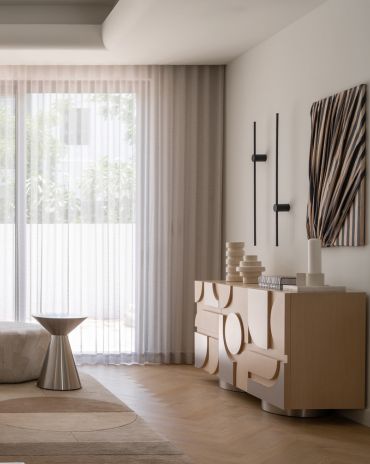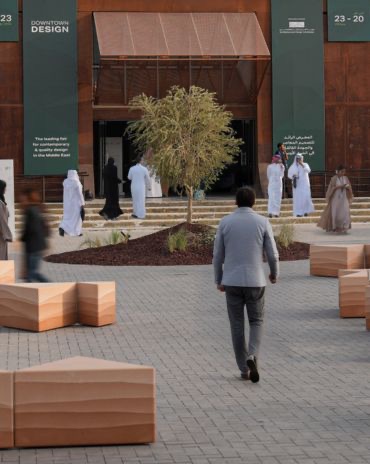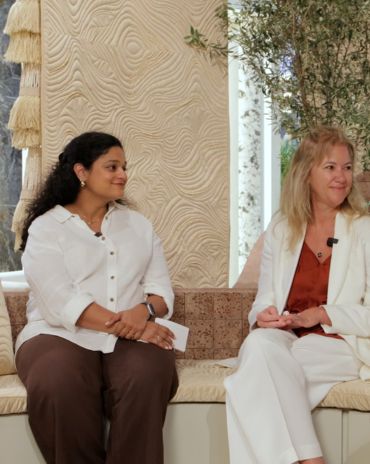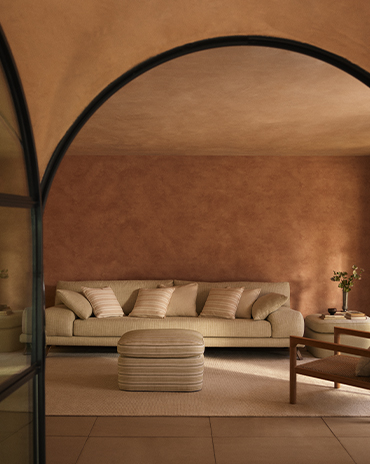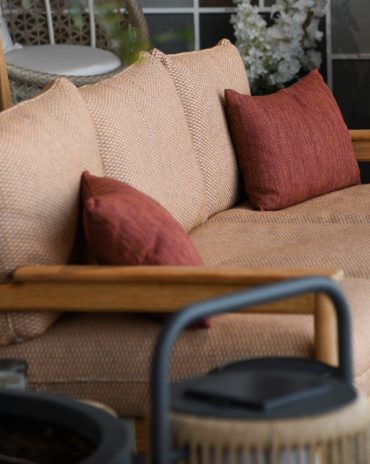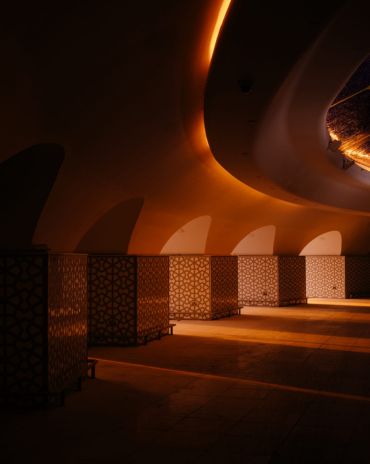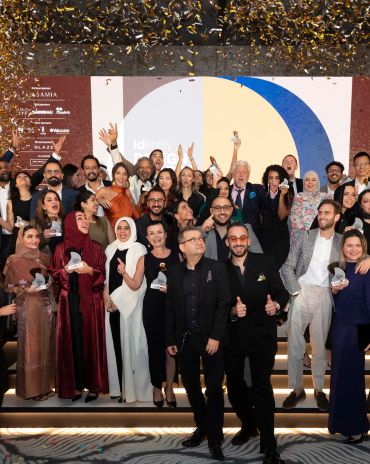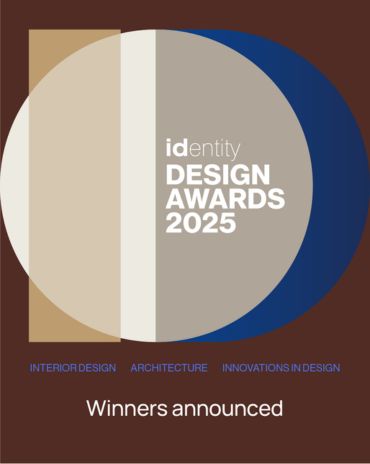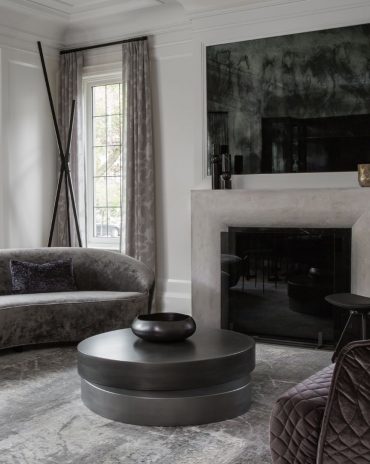Copyright © 2025 Motivate Media Group. All rights reserved.
identity’s highlights from Dubai Design Week 2020
We highlight designs from the UAE Designer Exhibition to Tashkeel's exhibition
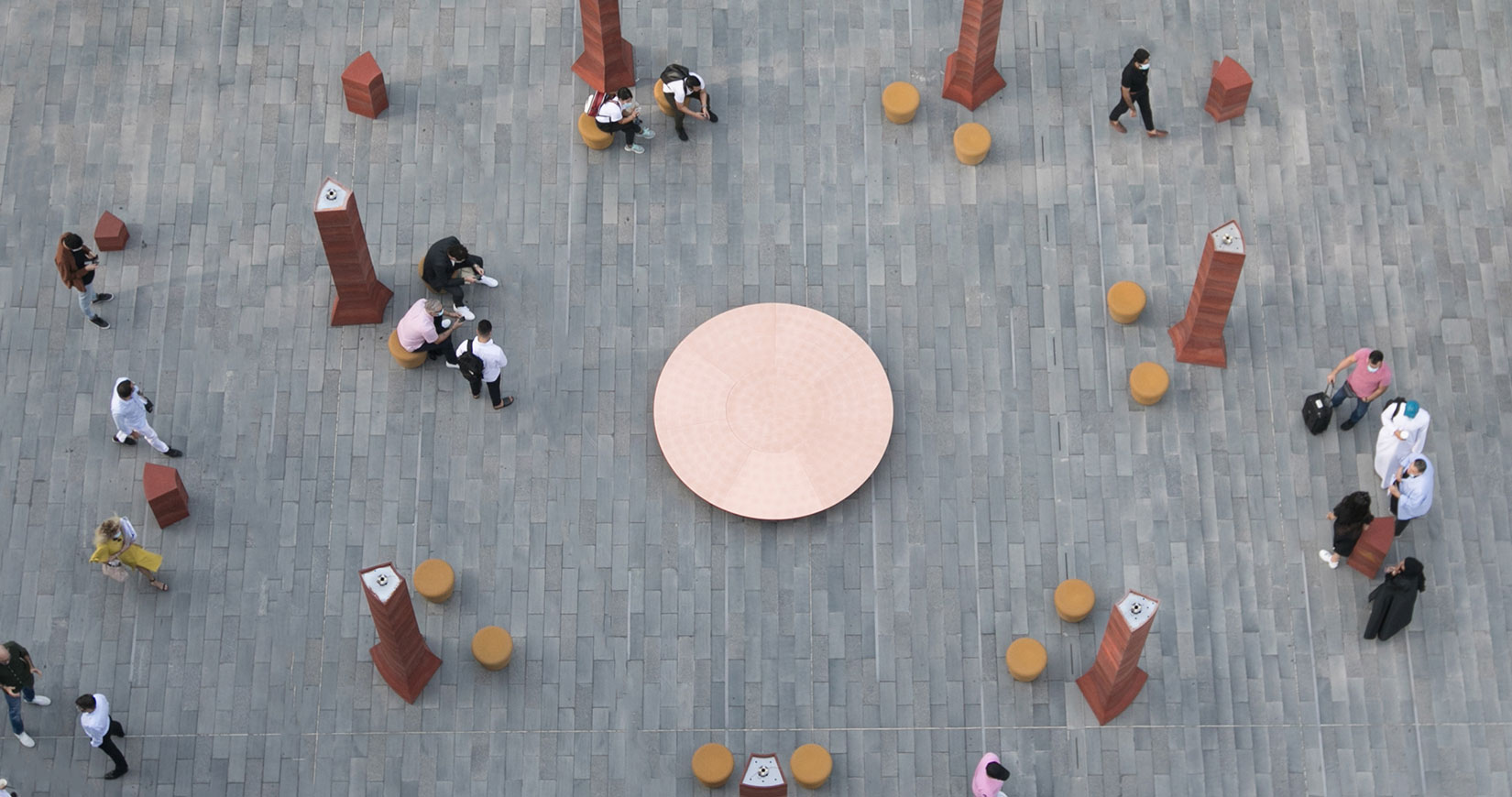
Yareed by Lina Ghalib
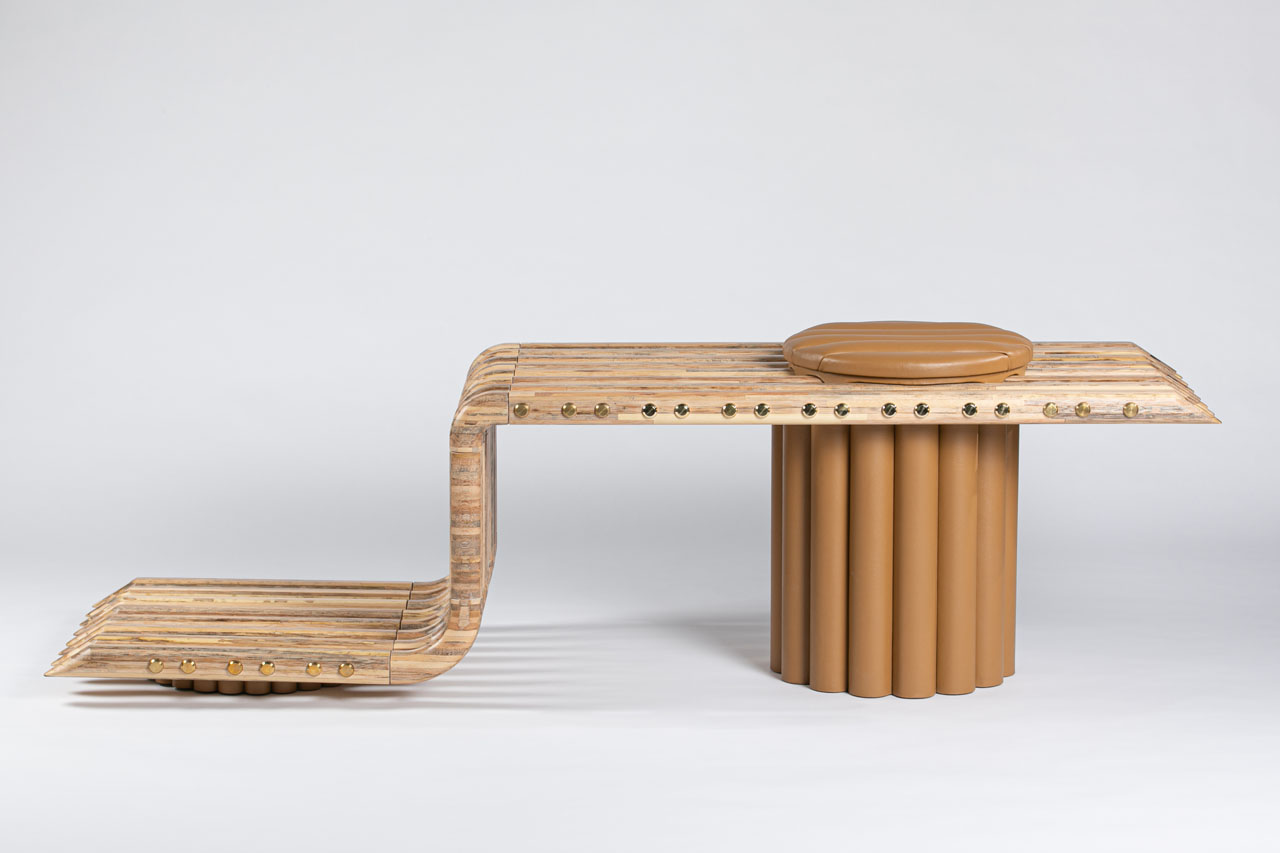
Egyptian product and furniture designer Lina Ghalib presented ‘Yareed’ as part of the 2020 Tanween programme by Tashkeel, with a focus on fusing cultures to create a contemporary design language. With ‘Yareed’, Ghalib explored the creation of a new material called ‘PlyPalm’ with the intention of introducing it to the design market. The material emphasises the importance of preserving the craft of furniture-making in Egypt and marrying it with the symbolic heritage and identity of the palm tree in the Emirates.
“In Egypt, they still use palm tree branches to make pieces of furniture such as seating, tables and even bird cages. I found that the use of this material in both cultures was something that tied them together very closely,” Ghalib explains.
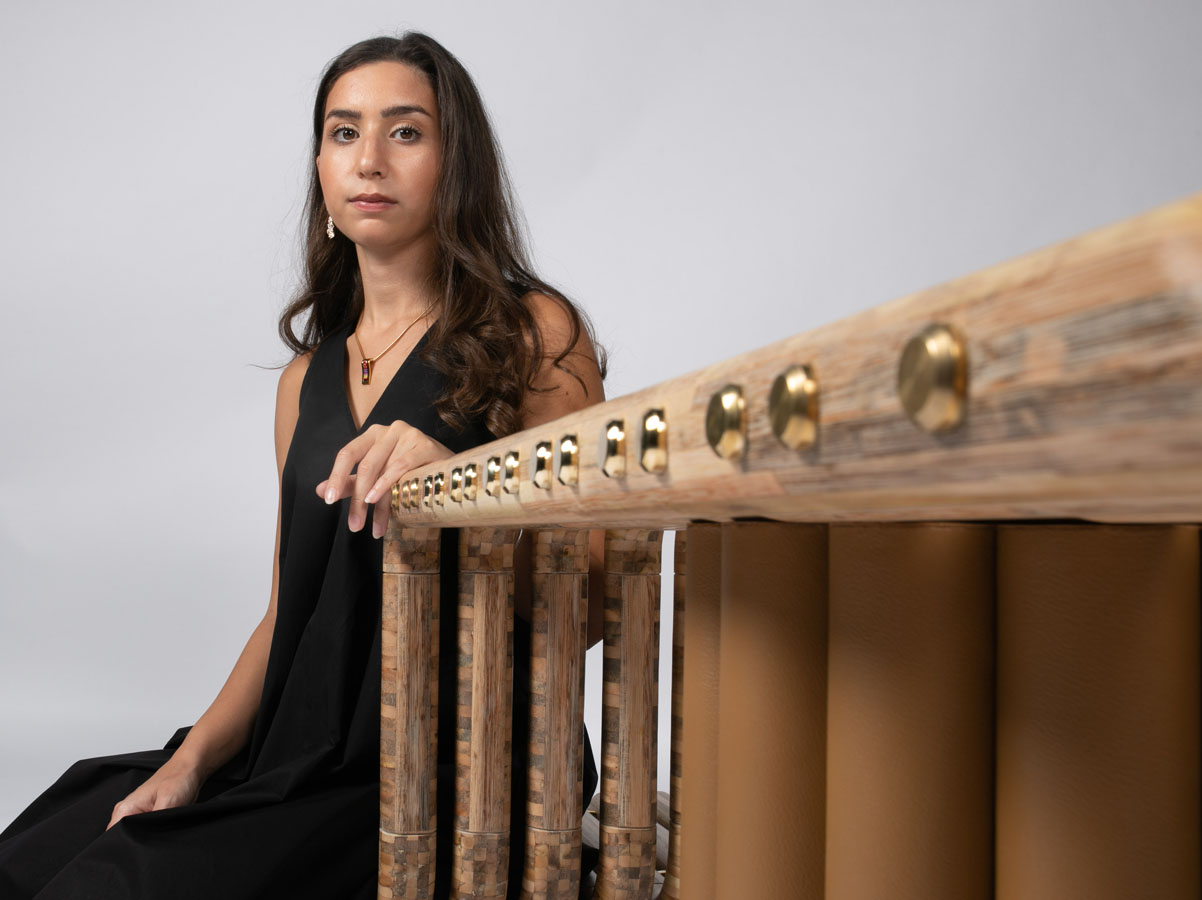
PlyPalm is made from upcycled palm branches, making it a sustainable and environmentally friendly material. Ghalib envisions it becoming the base for her upcoming projects.
“I see a lot of potential in PlyWood,” she says. “It could replace a lot of materials we use in everyday products and furniture pieces. We are moving into a more sustainable era and it’s quite important to be more conscious of the materials we use or create nowadays, to leave a green footprint behind.
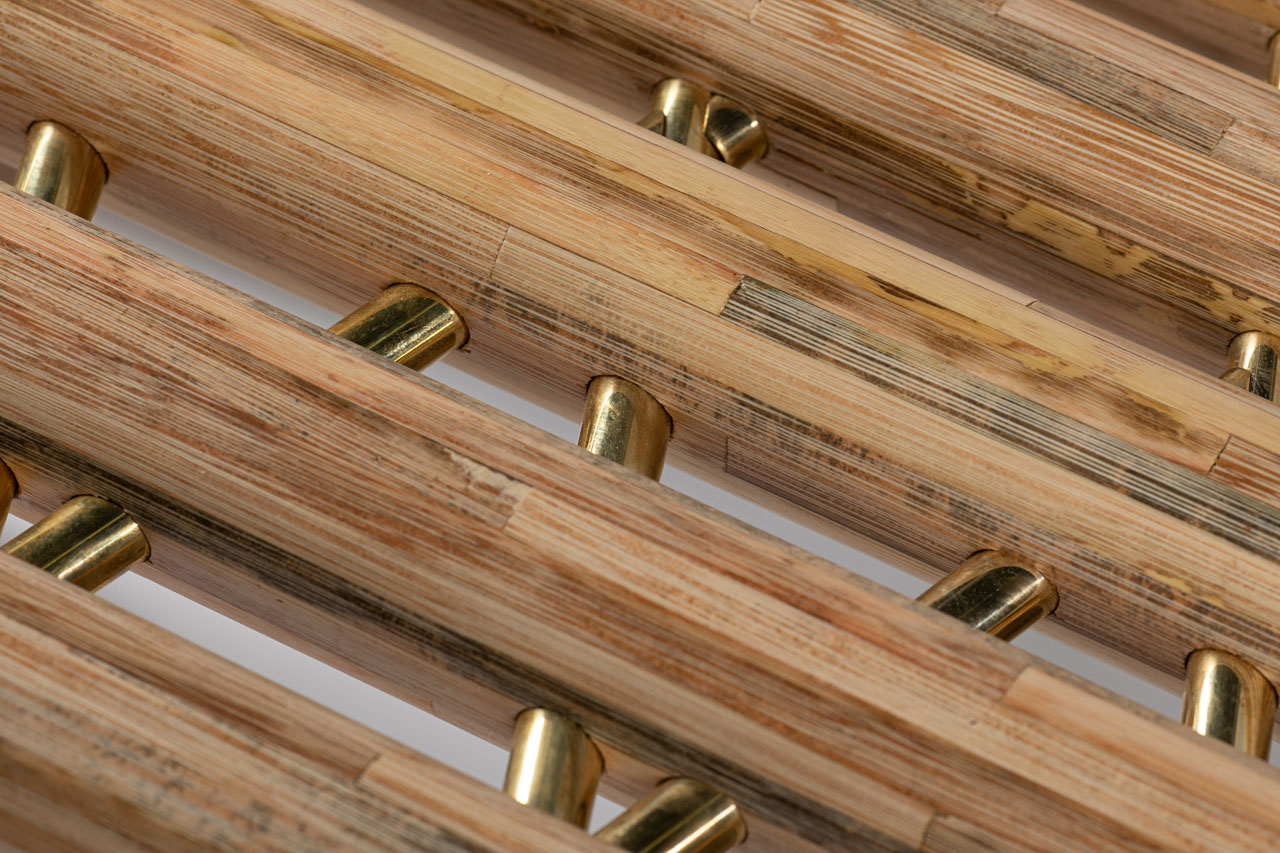
“There is a material in the market that is currently being used by some of the biggest furniture manufacturers which is called Ply-Boo, formed of ply-bamboo. The manufacturing process to create a structural piece of material is very similar. Studying this material inspired the manufacturing technique. The difference is that Ply-Palm uses branches that have already been shed, instead of cutting them fresh.”
The bench’s form was inspired by the techniques used by the Egyptians to create furniture out of ‘Jereed’ or palm branches, where several branches would be punctured while smaller branches would be inserted through, either diagonally or perpendicularly, to create structure. The design of the bench emulates the same techniques but with contrasting materials such as brass rods. The bench serves as a seat, with two options: one at a regular seating height and another that mimics floor seating inspired by Emirati traditions.
At its root, ‘Yareed’ investigates design techniques and compositions of the ancient Egyptians, who used objects such as foldable chairs and beds and thrones that carried kings from one place to another.
“Studying their craft and what they were able to create with no machinery inspires me and is something I hope I can preserve through design and storytelling.” Ghalib says.
Rippling Shadows by Faissal El-Malak

Palestinian multidisciplinary designer Faissal El-Malak’s ‘Rippling Shadows’ is inspired by the Renaissance Shawls produced in workshops across Europe as a response to the original, highly sought-after cashmere shawls of 19th-century France. These new shawls had motifs that were relative to their new environments, depicting more of a narrative approach than their original counterparts, while retaining the same style.
‘Rippling Shadows’ is part of the Fashcultivate exhibition, co-curated by Emirati fashion designer/curator Khulood bin Thani and Fatma Al Mahmoud, head of 1971 – Design Space in Sharjah, to celebrate date palms and their importance throughout the history of human civilisation, and their significance in the cultural, economic and historical identity of the Gulf region.
‘Rippling Shadows’ was first exhibited in 2019, after seven Gulf-based designers were commissioned to create works ranging from textile design to contemporary couture, while exploring the theme of date palms.
‘Rippling Shadows’ depicts a man navigating through a sea of shadows, supported by a palm tree. Safifa weaving surrounds him while diamond-shaped structures representing cardinal directions of a compass light his journey to the unknown.
“This all comes together to paint a surrealist vision of the palm tree through its use in different settings, from architecture to boatmaking, taking place in all parts of traditional life in the UAE,” El-Malak explains.
Exploring identity and narratives across the Middle East is central to El-Malak’s practice – be it fashion or product design.
“My practice is closely linked to my identity and my research on navigating a Middle Eastern narrative that is in parallel to my personal history. I have lived in different places across the world and have always been fascinated by the conversations and creations that arise when differences are confronted with one another. As a result, exploring craft preservation and reinterpretation has become my driving force and area of interest.”
The Latest
The Edge of Calm
This home in Dubai Hills Estate balances sculptural minimalism with everyday ease
In conversation with Karine Obegi and Mauro Nastri
We caught up with Karine Obegi, CEO of OBEGI Home and Mauro Nastri, Global Export Manager of Italian brand Porada, at their collaborative stand in Downtown Design.
An interview with Huda Lighting at Downtown Design
During Downtown Design, we interviewed the team at Huda Lighting in addition to designers Tom Dixon and Lee Broom.
Downtown Design Returns to Riyadh in 2026
The fair will run its second edition at JAX District
Design Dialogues with KOHLER
We discussed the concept of 'Sustainable Futures' with Inge Moore of Muza Lab and Rakan Jandali at KCA International.
Design Dialogues with Ideal Standard x Villeroy & Boch
During Dubai Design Week 2025, identity held a panel at the Ideal Standard x Villeroy & Boch showroom in City Walk, on shaping experiences for hospitality.
A Touch of Luxury
Here’s how you can bring both sophistication and style to every room
Outdoor Living, Redefined
Messara Living and Vincent Sheppard Unveil “Outdoor at Its Best 2026”
NOMAD Opens Its Doors in Abu Dhabi’s Iconic Terminal 1
A modernist landmark is reimagined as a global stage for collectible design, contemporary art, and cultural dialogue.
In photos: Winners at the identity Design Awards 2025
Presenting the winners of 2025 identity Design Awards.
Identity Design Awards 2025 – Winner’s List
Here are the winners of the identity design awards 2025
Hogg’s Hollow
Set along the bend of a quiet river and sheltered within a mature, tree-lined enclave of Toronto, this riverside residence offers a dialogue between structure and softness, restraint and warmth





